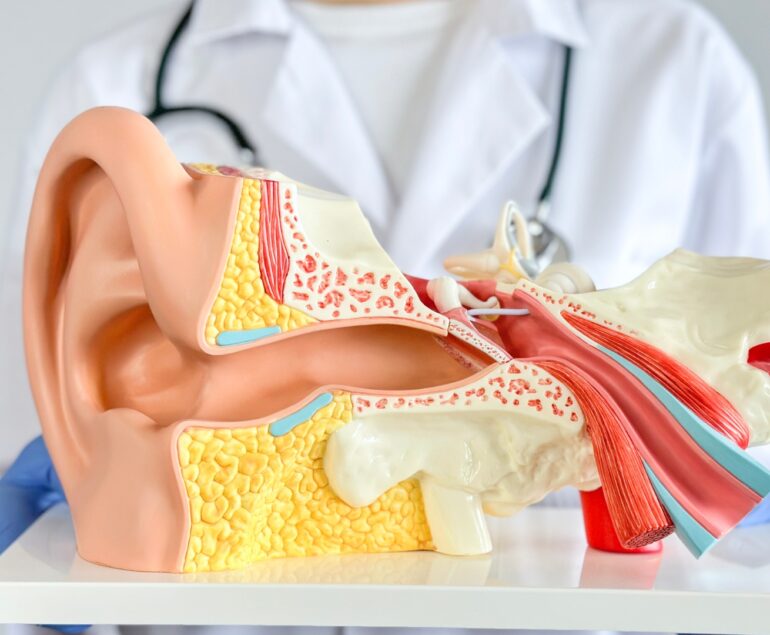Septoplasty is a surgical procedure that is commonly performed to correct a deviated septum. The septum is the cartilage and bone that divides the nasal cavity into two separate nostrils. When the septum is off-center or crooked, it can cause difficulty breathing, snoring, and other problems. Septoplasty can improve these symptoms by straightening the septum and opening up the nasal passages.
In this blog post, we will discuss what septoplasty is, who may benefit from the procedure, what to expect during and after surgery, and the potential risks and complications.
What is Septoplasty?
Septoplasty is a surgical procedure that aims to correct a deviated septum. During the procedure, the surgeon will make an incision inside the nose and remove or reposition the obstructing cartilage and bone to straighten the septum. The surgery can be performed under local or general anesthesia, and typically takes around an hour to complete.
Who may benefit from Septoplasty?
Septoplasty may be recommended for individuals who experience chronic nasal obstruction, snoring, or difficulty breathing through the nose. A deviated septum can also lead to recurring sinus infections or nosebleeds. In some cases, septoplasty may be combined with other procedures, such as rhinoplasty, to improve the appearance of the nose and correct any functional problems.
What to expect during and after Septoplasty?
Before the surgery, your surgeon will conduct a thorough evaluation of your medical history and perform a physical examination. You may also be advised to stop taking certain medications, such as blood thinners, before the procedure.
During the surgery, you will be under local or general anesthesia, and the surgeon will make an incision inside the nose. The obstructing bone or cartilage will be repositioned or removed to straighten the septum, and any incisions will be closed with dissolvable sutures.
After the surgery, you may experience some pain, swelling, and bruising around the nose and eyes. You may also have nasal packing, which is removed a day or two after the surgery. You will be advised to avoid blowing your nose, strenuous activities, and smoking for a few weeks after the surgery.
Potential Risks and Complications
As with any surgical procedure, there are potential risks and complications associated with septoplasty. These may include bleeding, infection, allergic reaction to anesthesia, scarring, and a change in the shape or appearance of the nose. However, these risks are generally low, and most people recover well from septoplasty with no long-term complications.
Conclusion
Septoplasty is a safe and effective surgical procedure that can help improve symptoms related to a deviated septum. If you are experiencing chronic nasal obstruction, snoring, or difficulty breathing through the nose, talk to your doctor to explore whether septoplasty may be an appropriate treatment option for you.
About Author:
Dr. Vivek Kumar Pathak: Renowned ENT Surgeon, Senior Professor, and Founder.
Dr. Pathak, ENT surgeon at Kailash Hospital, Senior ENT Professor at Sharda University, and founder of Entegrity Care, brings expertise and innovation to healthcare. Discover the visionary behind Doxtreat Healthcare, shaping the future of ENT care.
Website www.drvivekpathak.com
Call +917838450942
WhatsApp +91 78384 50942
Book an appointment with Dr. Vivek kumar Pathak by filling the form.




